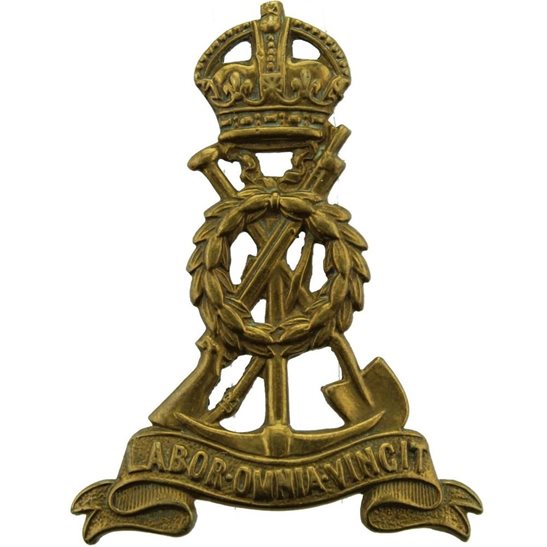Personal Details
Born: In 1894 in Whitchurch, Shropshire and baptised 21 March the same year at St. Alkmund`s Parish Church, Whitchurch.
Family: He was the second of nine children born to John Newbrook and his wife Elizabeth. William was a batchelor.
Residence: In 1901 his family were living at 10 Jones`s Yard, Whitchurch, but by 1911 they had moved to 43c Newtown, Whitchurch, the address given for him on the 1919 Absent Voters` List. This was also the address he gave in 1922 when he enlisted in the Tank Corps. At the time of his death in 1972 he was living at Cloverfields, Chester Road, Whitchurch.
Employment: In 1911 he was a groom at a hotel. When he re-enlisted in the army in 1922 he was a motor driver; after he left the army in 1940 he worked as a porter at Whitchurch Railway Station (taken from his obituary in Whitchurch Herald, January 1972).
Died: January 1972 in Whitchurch, Shropshire, aged 77, and buried 12 January the same year in Whitchurch cemetery.
Military Details
Regiment: Labour Corps (previously King’s Shropshire Light Infantry)
Rank: Private
Service Number: 489449 (previously 25521)
Date of Enlistment: Not known
Date of Discharge: 8 May 1919
Reason for Discharge: Not known
Other Information: William enlisted in the Royal Tank Corps 30 October 1922 and was discharged 15 February 1940. His brother Charles also served in WW1. William died two days after Charles in January 1972.
William was awarded the Campaign Medals (British War Medal, and Victory Medal).

The British War Medal (also known as 'Squeak') was a silver or bronze medal awarded to officers and men of the British and Imperial Forces who either entered a theatre of war or entered service overseas between 5th August 1914 and 11th November 1918 inclusive. This was later extended to services in Russia, Siberia and some other areas in 1919 and 1920. Approximately 6.5 million British War Medals were issued. Approximately 6.4 million of these were the silver versions of this medal. Around 110,000 of a bronze version were issued mainly to Chinese, Maltese and Indian Labour Corps. The front (obv or obverse) of the medal depicts the head of George V. The recipient's service number, rank, name and unit was impressed on the rim.
The Allied Victory Medal (also known as 'Wilfred') was issued by each of the allies. It was decided that each of the allies should each issue their own bronze victory medal with a similar design, similar equivalent wording and identical ribbon. The British medal was designed by W. McMillan. The front depicts a winged classical figure representing victory. Approximately 5.7 million victory medals were issued. Interestingly, eligibility for this medal was more restrictive and not everyone who received the British War Medal ('Squeak') also received the Victory Medal ('Wilfred'). However, in general, all recipients of 'Wilfred' also received 'Squeak' and all recipients of The 1914 Star or The 1914/1915 Star (also known as 'Pip') also received both 'Squeak' and 'Wilfred'. The recipient's service number, rank, name and unit was impressed on the rim.

